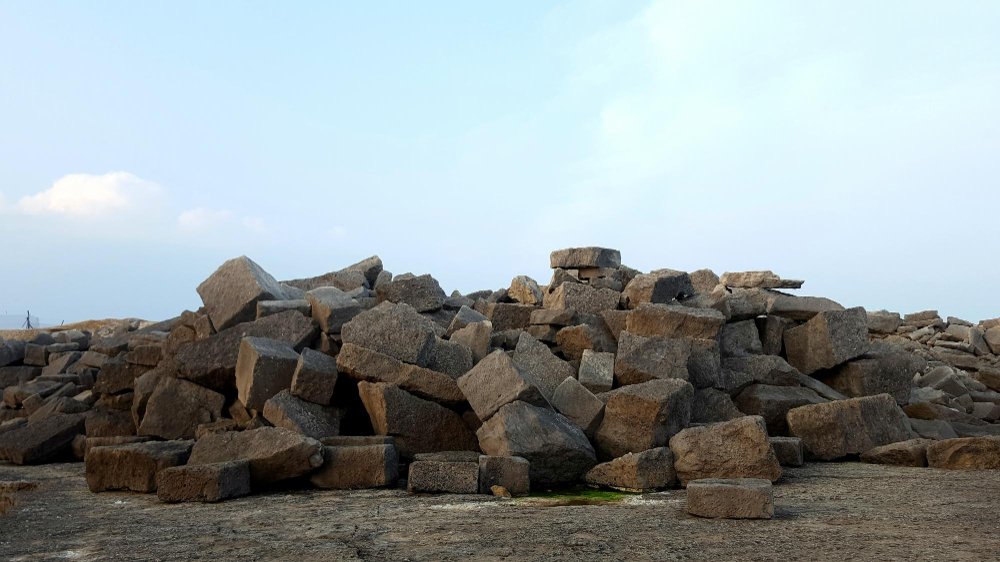When it comes to construction and landscaping projects, building stones are among the most durable and versatile materials available. They have been used for centuries in everything from grand architectural structures to simple garden walls. Understanding the different types of building stones and their ideal applications can help builders, architects, and homeowners make informed decisions for long-lasting and visually appealing results.
1. Granite
Granite is one of the most popular building stones due to its strength, durability, and natural beauty. Its dense composition makes it resistant to weathering, cracking, and wear, making it ideal for exterior facades, bridges, paving, and monuments. Granite comes in a variety of colors and patterns, which allows for creative design options without compromising structural integrity.
2. Limestone
Limestone is a sedimentary rock that offers both aesthetic appeal and versatility. Its softer composition compared to granite makes it easier to cut and shape, which is advantageous for decorative elements, cladding, and sculptural projects. Limestone is commonly used in wall construction, flooring, and building facades. Its light, neutral tones also blend seamlessly into natural landscapes.
3. Sandstone
Sandstone is favored for its natural texture and warm tones. It is relatively easy to work with and is often used for walls, paving, and steps. Sandstone’s porous structure allows it to absorb water, which can be beneficial in certain architectural designs but may require sealing in wetter climates to prevent weathering.
4. Slate
Slate is a fine-grained metamorphic rock known for its smooth surface and layered structure. It is commonly used for roofing, flooring, and garden pathways. Slate’s natural cleavage allows it to be split into thin, uniform sheets, making it ideal for decorative wall cladding or intricate masonry work. Its resistance to moisture and temperature fluctuations makes it a reliable choice for outdoor applications.
5. Marbl
Marble is a metamorphic rock prized for its elegant appearance and wide range of colors. While not as hard as granite, marble’s natural beauty makes it ideal for interior applications, such as countertops, flooring, and decorative features. In addition, polished marble adds a sense of luxury and sophistication to both residential and commercial spaces.
6. Fieldstone and Other Natural Stone
Fieldstone and other naturally occurring stones are often used in rustic or landscape-focused projects. Their irregular shapes and textures create a natural, organic look, making them ideal for retaining walls, garden borders, and outdoor features.
Choosing the Right Building Stones
When selecting building stones, consider factors such as durability, appearance, maintenance, and the specific requirements of your project. Harder stones like granite are excellent for high-traffic or load-bearing applications, while softer stones like limestone or sandstone may be better suited for decorative or interior uses. Climate and exposure to moisture should also influence your choice, as some stones require sealing or additional maintenance to withstand the elements.
Conclusion
Using the right building stones can significantly enhance the longevity, functionality, and aesthetic appeal of any project. Whether constructing a home, commercial building, or landscaping feature, understanding the properties and best uses of various stone types ensures that your investment is both practical and visually appealing. By leveraging the strengths of each stone type, builders and designers can create structures that stand the test of time while maintaining a timeless natural beauty.



